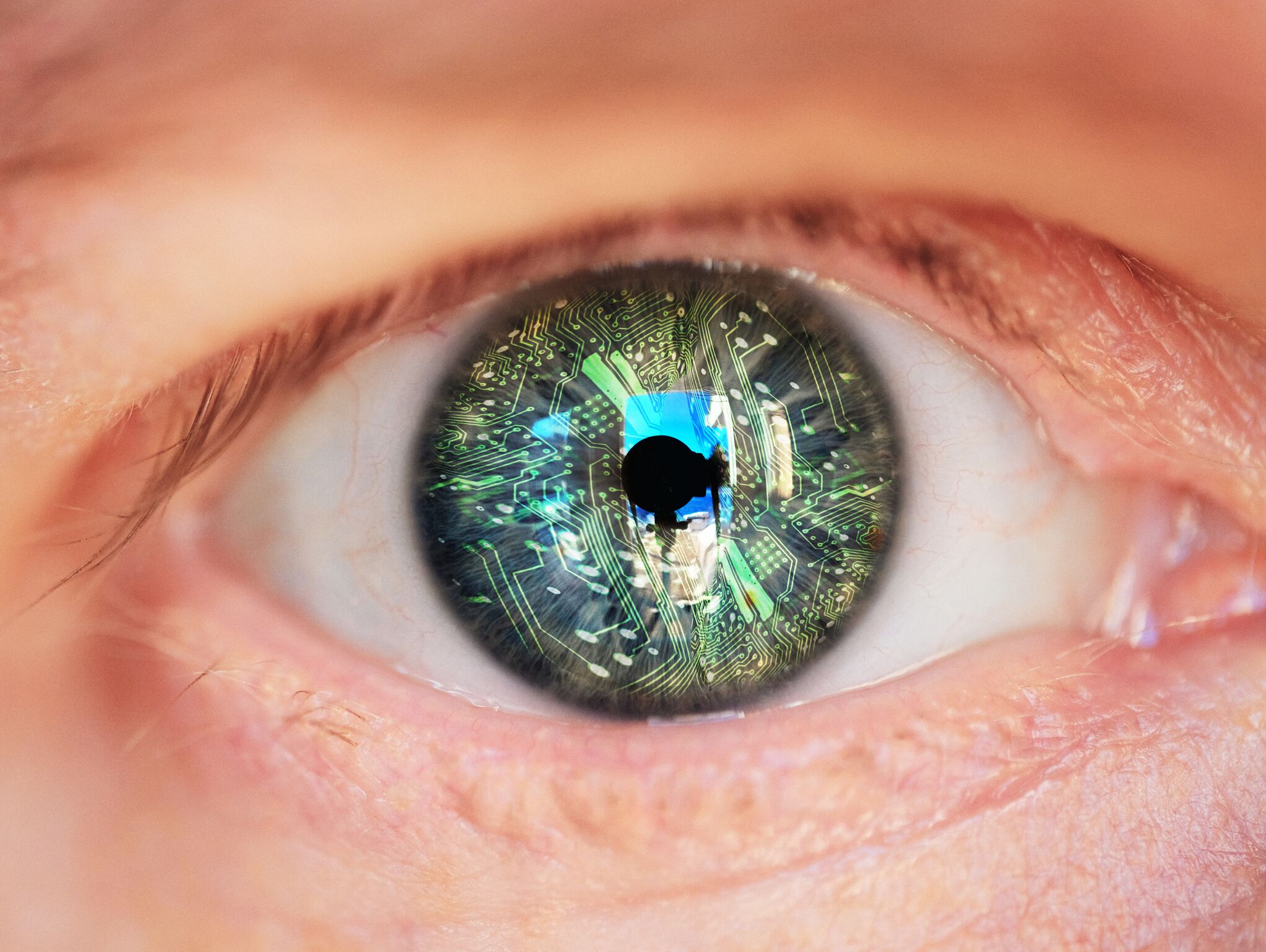
Can you look into someone’s eyes and see what diseases might be affecting other parts of their body?
That’s what researchers in the UK involved in a project called AlzEye are hoping to find out. A collaboration between Moorfields Eye Hospital in London and University College, London (UCL), a team is “linking Moorfields’ database of eye scans, which offer a detailed picture of the health of the retina, with information about other aspects of its patients’ health garnered from other hospitals around England. This will allow them to look for telltales of disease in the eye scans.”
For the moment, says The Economist, the goal is to examine changes to people’s eyes within that ten-year period and see if those changes can be connected to the emergence of Alzheimer’s disease in the same patient. “They will seek such patterns with the help of machine-learning algorithms that can crunch through imagery far faster than any human being, and which can spot far tinier variations.”
The database includes information from 300,000 patients who visited Moorfields between 2008 and 2018 and were over the age of 40—though names and other easily identifiable information are not preserved. To a significant extent, the project is also a case study in what are likely to be common complexities when it comes to using AI for research while remaining mindful of patient privacy concerns.
According to the article, team leaders needed “two-and-a-half years to go through a series of ethics-committee approvals at Moorfields, UCL and NHS Digital, the body which handles agglomerated data from English hospitals. In order to create the database without the consent of the patients involved they invoked a special legal provision known as Section 251 assent, which comes with its own review process and, in essence, empowers senior government health officials to give consent on behalf of patients from whom it would be impractical or impossible to acquire such individually.”
Naturally, the article cautions, researchers may not find the connection they’re seeking, but if they do the impact could be significant. “Even in rich countries,” the article notes, “between 50% and 80% of Alzheimer’s cases go undiagnosed. Moreover, even if the technique does not work for Alzheimer’s, it might work for something else. (Team leaders) therefore plan further searches for patterns related to strokes and heart disease. Even one relevant pattern would constitute a remarkable diagnostic leap forward.”


